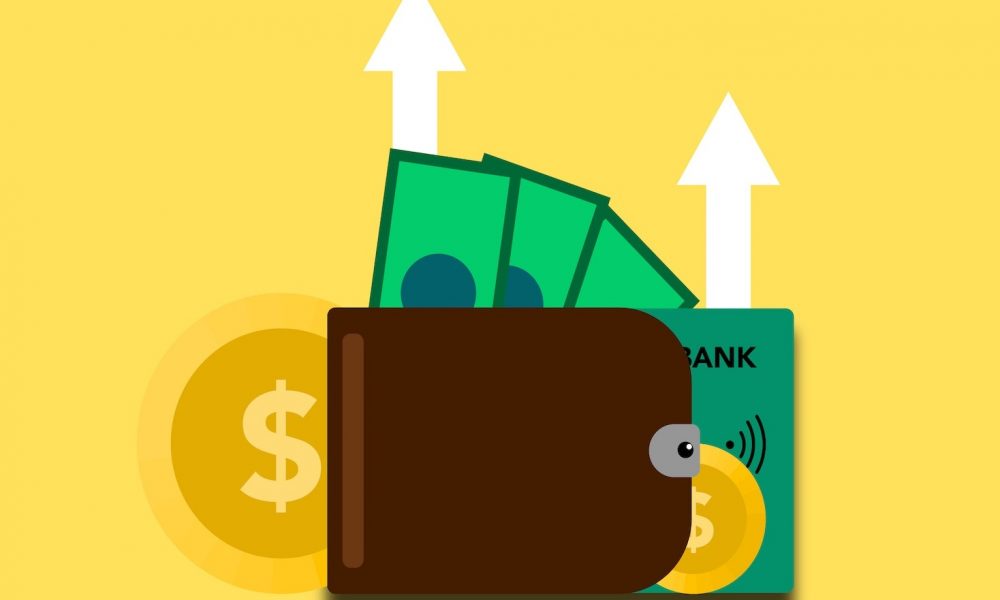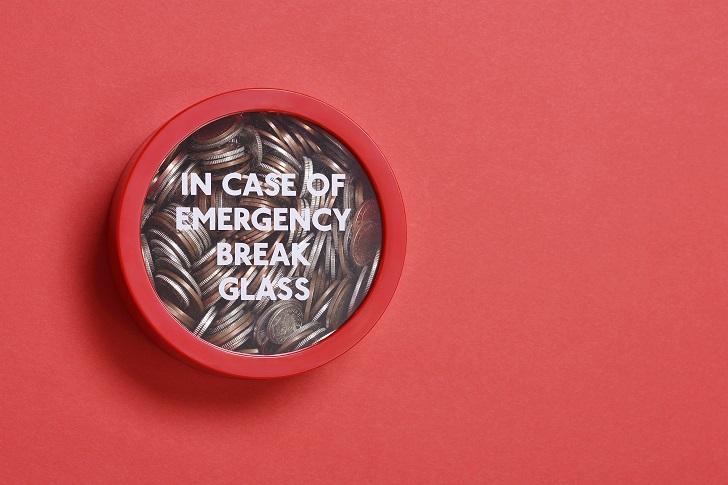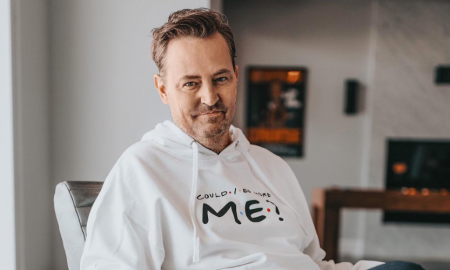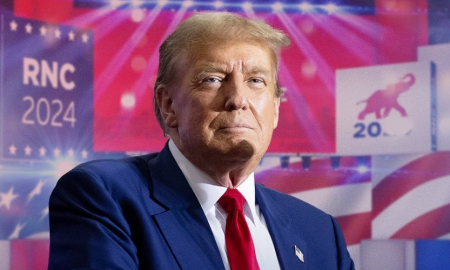
How To Build An Emergency Fund

An emergency fund is a cash reserve that’s specifically set aside for unplanned expenses or financial emergencies. Some common examples include car repairs, home repairs, medical bills, or a loss of income. In general, emergency savings can be used for large or small unplanned bills or payments that are not part of your routine monthly expenses and spending.
Without savings, a financial shock could set you back, and if it turns into debt, it can potentially have a lasting impact. Research suggests that individuals who struggle to recover from a financial shock have fewer savings to help protect against a future emergency. They may rely on credit cards or loans, which can lead to debt that’s generally harder to pay off. They may also pull from other savings, like retirement funds, to cover these costs.
There are different strategies to get your savings started. These strategies cover a range of situations, including if you have a limited ability to save or if your pay tends to fluctuate. It may be that you could use all of these strategies, but if you have a limited ability to save, managing your cash flow or putting away a portion of your tax refund are the easiest ways to get started.
Set several smaller savings goals rather than one large one

Manuraj Jain/ Pinterest | An emergency fund keeps you prepared for any unforeseen financial changes
Set yourself up for success from the start. Rather than shooting for three months’ worth of expenses immediately, shoot for one month. Or two weeks. Whatever it takes to make your first goal seem doable. Reaching that first goal can give you the motivation to keep going. Set your second goal higher and the third even higher. By then, the saving will have become a habit, and the positive motivation you’re building by reaching the smaller goals will help propel you toward larger ones.
Open a separate savings account
Once you have a savings goal in mind, the next step is to open a savings account, which should be kept separate from your daily spending account. Shop around and find a financial institution that can give you a savings account with a decent interest rate and no or low fees. Do your due diligence and research any fees and charges you may incur by opening an account with a particular financial institution.

Andrew Paterson / Getty Images | It’s never too late to start planning for your future
Having a separate savings account builds a psychological wall between the money you can touch and the money you shouldn’t touch. If you lump your emergency fund money together with the funds in your regular chequing account, you’ll be more tempted to spend it because you’ll see it regularly, and it’s easily accessible.
Automate your transferring
Take things one step further by automating your savings to reduce any likelihood of human error (or weakness). Set up an automatic transfer from your checking to your savings account at the beginning of each month or whenever you get a paycheck. Whether you decide to contribute a set dollar amount or a percentage, taking this approach will.

Clipart/ Freepik | Your emergency fund should be sufficient to cover about six months’ worth of expenses
Draw up a monthly commitment
Depending upon what your shortfall figure is, which refers to the amount by which your requirement exceeds the funds you have, draw a monthly commitment towards your fund. An easy way to get the figure together is to split it into a monthly commitment. If you have given yourself a 6-month target, then you would need to put aside a specific sum each month. Until you meet your goal, you might have to be extra frugal but the strain is going to be worth the effort in the long term.
More in Business
-
`
Matthew Perry Foundation Launches Addiction Fellowship at MGH
The impact of addiction on individuals and families is profound, and the need for specialized medical care in this field has...
February 13, 2025 -
`
Celebrity Couples Who Have Ended Their Relationships in 2025
2025 has already seen its fair share of celebrity breakups, and the year is just getting started. From heartfelt announcements to...
February 6, 2025 -
`
How Trump’s Policies Will Reshape Artificial Intelligence in the U.S.
The United States witnessed a significant political shift as Donald Trump took the presidential oath once again. His return to the...
January 31, 2025 -
`
Millie Bobby Brown Shuts Down Age-Shamers with a Powerful Message
From the moment Millie Bobby Brown first appeared as Eleven in “Stranger Things,” she captured hearts worldwide. But growing up in...
January 25, 2025 -
`
Why Outsourcing Payroll Services Is a Smart Business Move
Managing payroll is no small task—it’s a crucial part of any business that ensures employees are paid accurately and on time....
January 15, 2025 -
`
These AI Stocks Should Be on the Watch List of Investors in 2025
The buzz around AI stocks is growing louder than ever. With artificial intelligence shaping industries like healthcare, finance, and tech, smart...
January 8, 2025 -
`
Why the Starbucks Workers Strike Is Expanding Across U.S. Cities
The Starbucks workers’ strike has gained significant momentum, with employees in more U.S. cities joining the movement to address unresolved issues...
January 2, 2025 -
`
Are Shawn Mendes and Camila Cabello Still Close After Breakup?
The connection between Shawn Mendes and Camila Cabello continues to intrigue fans worldwide. Their shared history, from chart-topping collaborations to a...
December 24, 2024 -
`
Here’s What It Takes to Become a Professional Physical Therapist
Physical therapy is a career that blends science, empathy, and problem-solving to help people recover from injuries or improve mobility. Knowing...
December 19, 2024















You must be logged in to post a comment Login